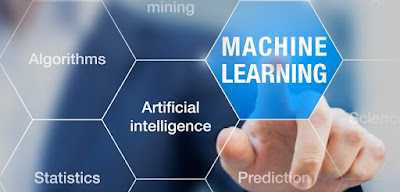The advantages of Blockchain is most visible in banking applications, as the technology facilitates transaction settlements and reduces transaction costs. The Blockchain creates a secure online platform where one can retain their digital identity and safely manage assets and payments. It is of great value to the insurance industry and its customers, especially when it comes to preventing insurance fraud. According to the global Blockchain technology market data, the logistics and healthcare sectors will witness the highest adoption of the Blockchain technology in the foreseeable future.
According to a study on global Blockchain technology market, the Blockchain technology is witnessing considerable adoption in the banking and financial services industry. In fact, the banking and financial services segment hold 54% share of the global Blockchain market. Blockchain employs transparent technology that prevents it from being mutable or alterable, which in turn makes the applications holding customer data safe from any kind of infiltration. By 2022, this brilliant and exceptional technology is expected to dominate the technology domain.
Focusing on the current scenario of the global Blockchain technology market, banks are rooted towards the private Blockchain since it offers reliable and efficient data security. However, the public Blockchain has gained more popularity for providing higher decentralization and transparency in operations at a more cost-effective price. The private Blockchain segment currently occupies a market share of 15%, although it is expected to increase during the forecast period whereas the public Blockchain held a market share of 74% in 2017.
At present, North America is the highest user of Blockchain technology, as it is exposed to the highest number of financial transactions, and therefore to financial fraudulency or cybercrimes. The Estonian country in northern Europe and the Asia-Pacific are both emerging as potential customers in the global Blockchain technology market.











